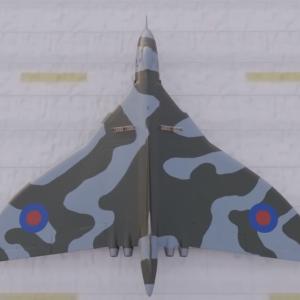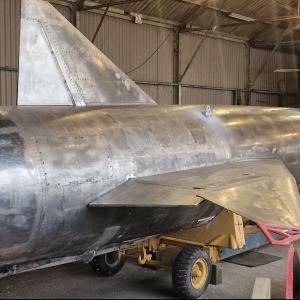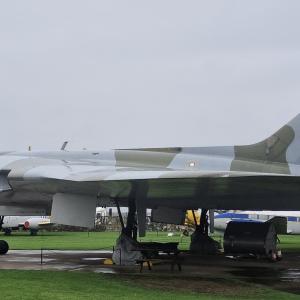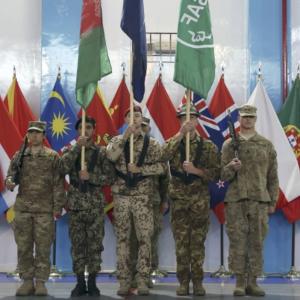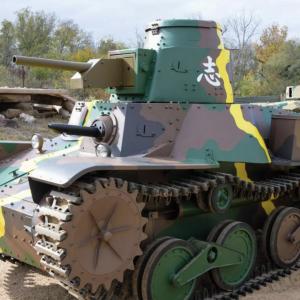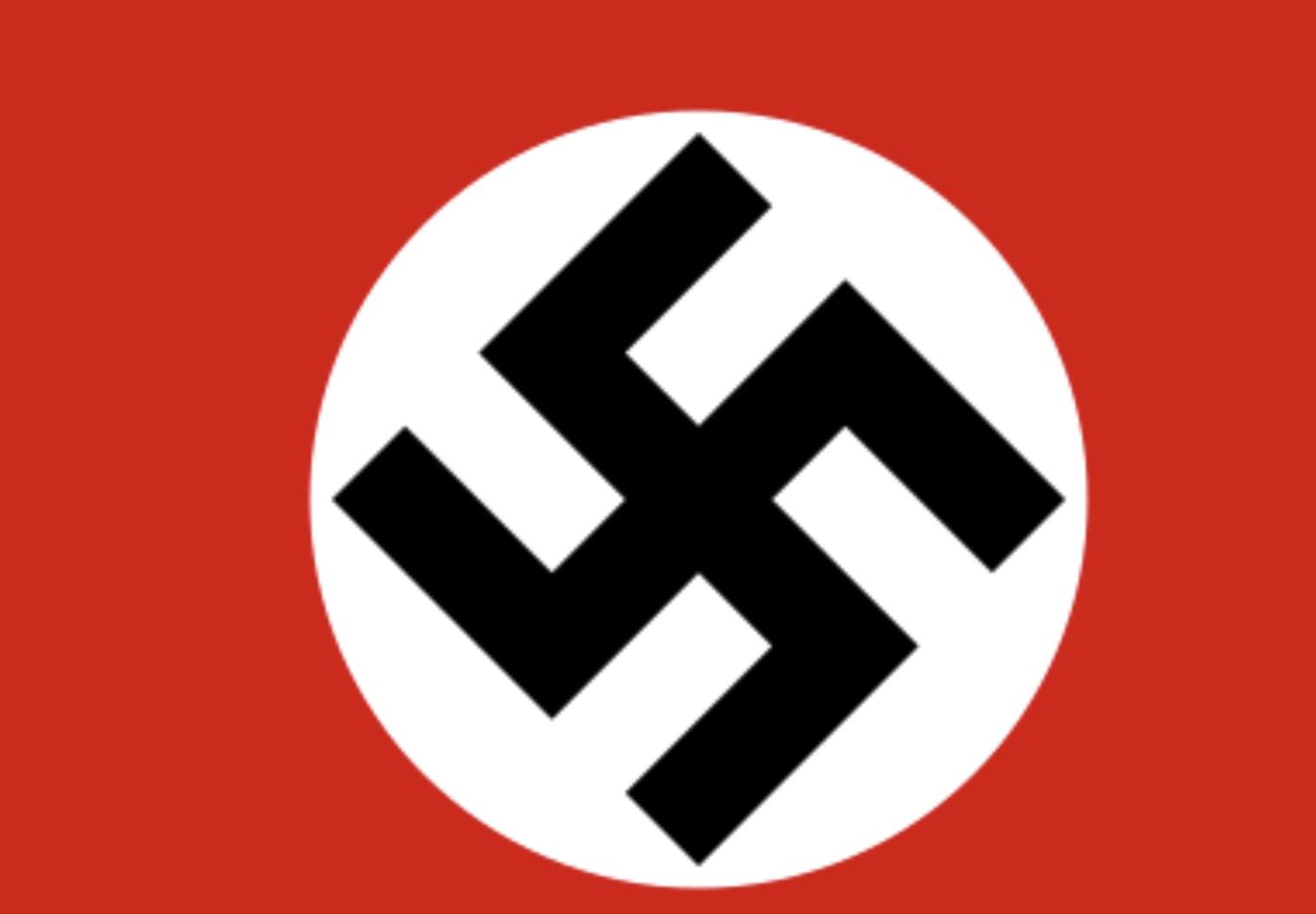
Nazi flag
The Nazi flag, officially known as the flag of the National Socialist German Workers' Party (NSDAP), was designed by Adolf Hitler in the early 1920s. The flag’s conception and symbolism were outlined in Hitler’s autobiographical manifesto Mein Kampf, first published in 1925. According to Hitler, the purpose of the design was to create a powerful, immediately recognizable symbol that would unite members of the Nazi movement under a banner that could stand in stark contrast to both the black-red-gold flag of the Weimar Republic and the red flag of the Communist movement. Hitler claimed personal authorship of the flag’s design, asserting that it was not just a political symbol, but a tool of propaganda intended to captivate the masses and project the strength of the Nazi movement.
The flag’s background was bright red, a color deliberately chosen to attract attention and inspire emotion. Hitler argued that red symbolized the social idea of the Nazi movement, appealing to the working class and suggesting a form of revolutionary zeal. In the center of the flag was a white circle, within which stood a black swastika tilted at a 45-degree angle. The swastika, an ancient symbol used across many cultures, was co-opted by Hitler and the Nazis to symbolize what they called the Aryan race and its supposed purity and superiority. The white circle was meant to represent nationalism, and the black swastika was taken as a symbol of the struggle for the victory of the Aryan man. The simplicity and symmetry of the design, combined with its high-contrast colors, made it ideal for mass reproduction and display, contributing to its effectiveness as a propaganda tool.
The flag was first adopted by the Nazi Party in 1920, during the party’s early rallies and propaganda events. It was used prominently during marches, parades, and party gatherings, often accompanied by elaborate ceremonial rituals meant to reinforce the unity and power of the Nazi cause. As the party gained influence and eventually seized power in 1933, the flag became a central element of Nazi visual culture. In 1935, after the Nazis had firmly consolidated control over Germany, the swastika flag was adopted as the national flag of Germany, replacing the black-red-gold flag of the Weimar Republic. This move was formalized by a decree issued on September 15, 1935, the same day the Nuremberg Laws were announced, tying the symbol of the flag directly to the regime’s racist policies.
The Nazi flag was used not only as a national flag but also in numerous variations across Nazi organizations and paramilitary groups. The SS, Hitler Youth, SA, and other affiliated groups used banners that incorporated the swastika, sometimes modifying the layout or colors slightly, but always retaining the essential elements of red, white, and black, and always featuring the swastika as the central symbol. The flag became omnipresent in Germany and in territories occupied by the Nazis. It flew from government buildings, adorned posters, and was draped over altars during Nazi rallies. Its usage was deeply tied to Nazi rituals and ideology. Swearing allegiance to Hitler often took place in front of the flag, and in some ceremonies, blood-stained versions of early Nazi flags were used in what the Nazis called the “Blood Banner,” meant to sanctify newer flags with the supposed martyrdom of early Nazi followers.
After the defeat of Nazi Germany in 1945, the flag was banned under German law. The display of the swastika and other Nazi symbols was made illegal in Germany and several other countries. Today, the flag remains one of the most recognizable and reviled symbols of fascism, genocide, and totalitarianism. It is widely regarded as a symbol of hate and is prohibited or restricted in many nations. In modern times, the Nazi flag is studied in historical and academic contexts as part of an examination of propaganda, political iconography, and the visual tools used by totalitarian regimes to cultivate identity, loyalty, and fear among populations.

